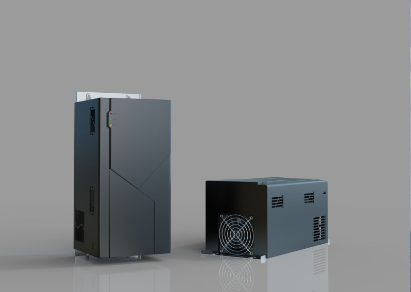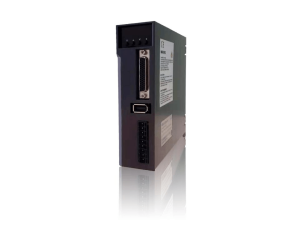
In the field of power electronics and electrical engineering, inverters and transformers are indispensable and important equipment. Although they all play a key role in the power conversion and transmission process, they have significant differences in functions, working principles, and application scenarios.
Functional differences:
Inverter: An inverter is an electronic device used to convert direct current into alternating current to meet the power needs of different electrical equipment. It is usually used in solar power generation systems, battery energy storage systems, electric vehicles and other fields to achieve flexible conversion and utilization of electric energy.
Transformer: A transformer is a static electrical device used to change the magnitude of voltage in an electrical power system, typically to increase or decrease voltage levels for use in power transmission, distribution, and applications. It is widely used in power systems, industrial production, household electricity and other fields to achieve stable transmission and distribution of electric energy.
Structural differences:
Inverter: The inverter is usually composed of a DC input circuit, an inverter circuit, a control circuit and an AC output circuit, and has a relatively complex structure. Among them, the inverter circuit is the core of the inverter, responsible for realizing the conversion from DC to AC; the control circuit is responsible for accurately controlling the inverter process to ensure the stability and reliability of the output power.
Transformer: The transformer is mainly composed of iron core, coil and insulating material, and has a relatively simple structure. The iron core and coil constitute the magnetic circuit and circuit of the transformer, and the voltage is transformed through the change of magnetic flux.
Working principle:
Inverter: The working principle of the inverter is based on power electronics technology. Through the switching action of semiconductor switching devices (such as IGBT, MOSFET, etc.), the DC power is chopped and modulated, thereby outputting the required AC power. The output waveform, frequency and voltage parameters of the inverter can be accurately adjusted through the control algorithm.
Transformer: The working principle of the transformer is based on the law of electromagnetic induction. The voltage is increased or decreased through the change of magnetic flux between the primary and secondary coils. The output voltage of the transformer depends on its transformation ratio (the ratio of the number of turns of the primary and secondary coils), while the output current is related to the load conditions.
Application areas:
Inverter: Inverters are widely used in the field of renewable energy because they can achieve DC to AC conversion. For example, in solar power generation systems, inverters convert DC power generated by solar panels into AC power for home or grid use. In electric vehicles, inverters are responsible for converting DC power provided by batteries into AC power required to drive motors.
Transformer: Transformers are more used for stable transmission and distribution of electric energy. In power systems, transformers are used to reduce high-voltage electric energy to a voltage level suitable for home and industrial use. In industrial production, transformers are used to achieve voltage matching and isolation between different devices.
Finally, we also need to pay attention to the differences in the development trends of inverters and transformers. With the rapid development of fields such as renewable energy and electric vehicles, inverters, as key equipment for power conversion, are constantly improving in terms of technology level and market demand. In the future, inverters will develop in a more efficient, reliable and intelligent direction to meet the needs of different application scenarios. As the basic equipment of the power system, the development trend of transformers is more focused on energy saving, environmental protection and intelligence. By adopting new materials, optimized design and intelligent monitoring, we can improve the performance and reliability of transformers, reduce losses and emissions, and contribute to the sustainable development of the power system.

